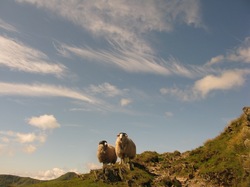 Sheep on Mardale Ill Bell
Sheep on Mardale Ill Bell I heard the call as we climbed above Blea Water. There were several birds, calling, moving through the short grass amongst outcropping rock- a family of ring ouzel. A black bird with a white torque about its throat and breast, Turdus torquatus, the mountain blackbird. Its rarity and its love of solitary places confers an aura on the bird. The midges were biting but who cares. So we sat beside the rocky track and watched ring ouzel.
On the descent from the Nan Bield Pass to Small Water we found more water-tracks with starry saxifrage and butterwort. And the most beautiful moss, voluptuous with little green stars- the marsh forklet.
I remember water lobelia flowering in Small Water but we found little trace of the plant.
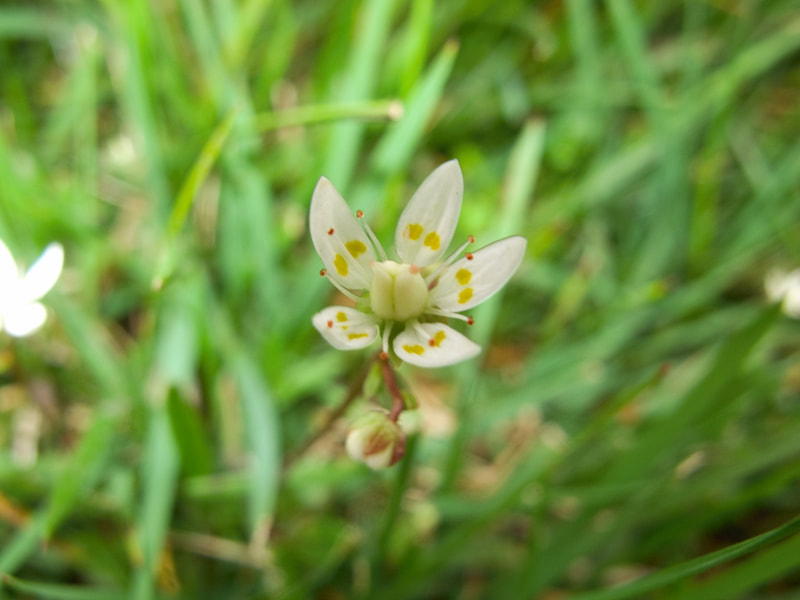
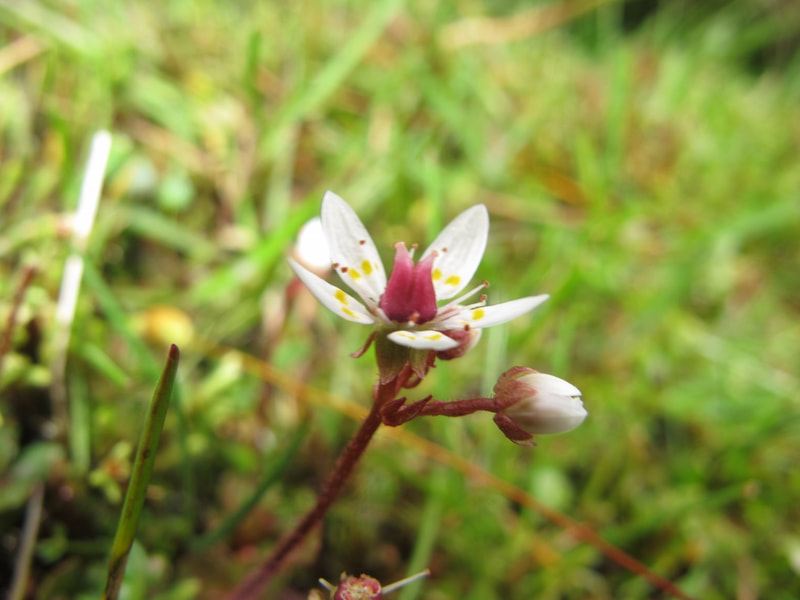
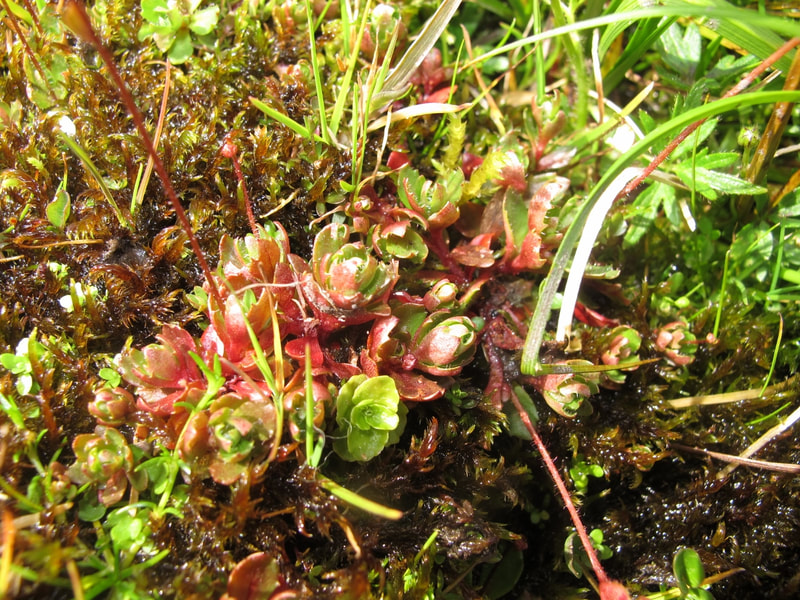
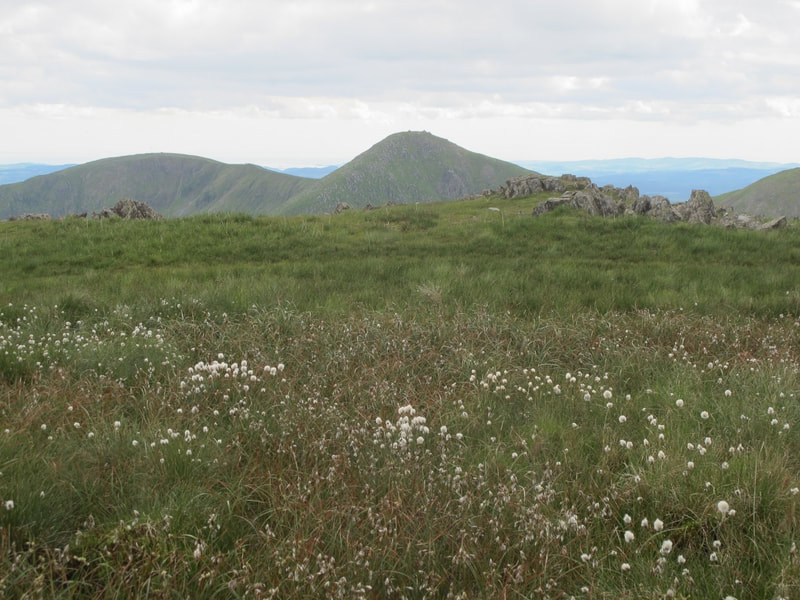
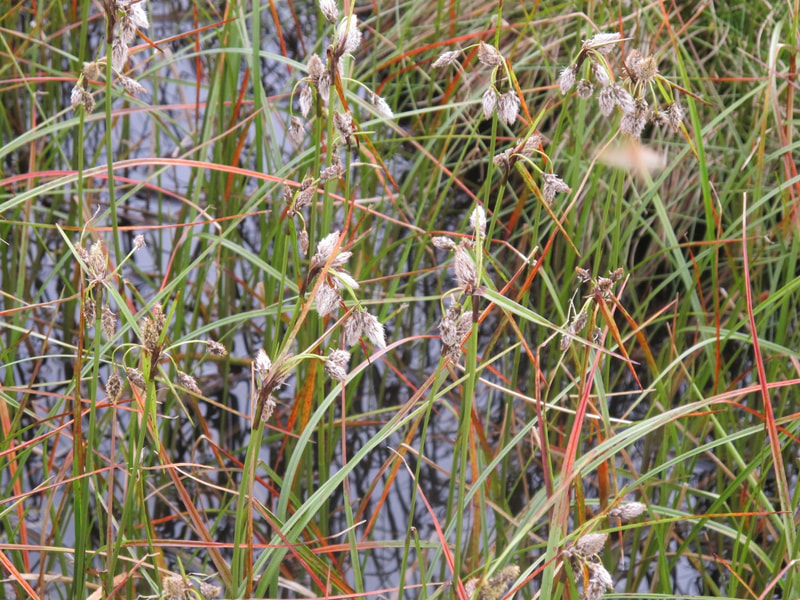
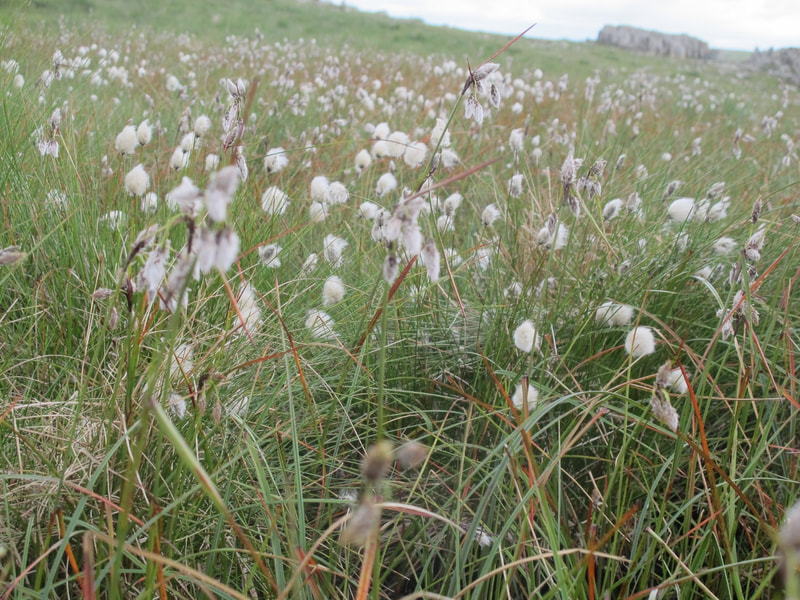
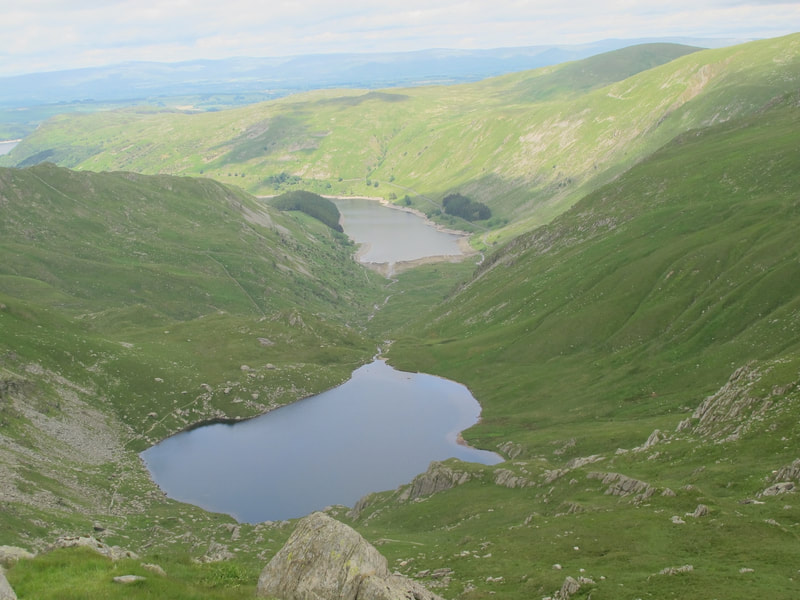
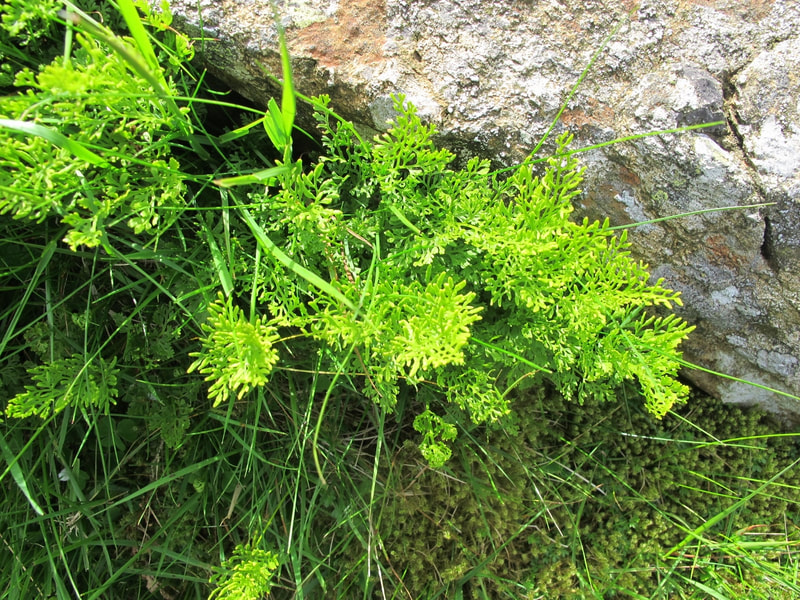
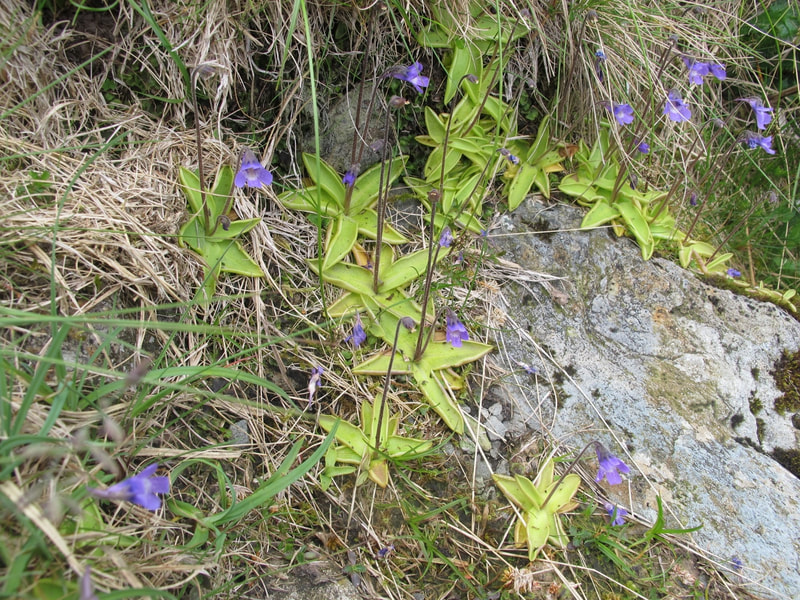
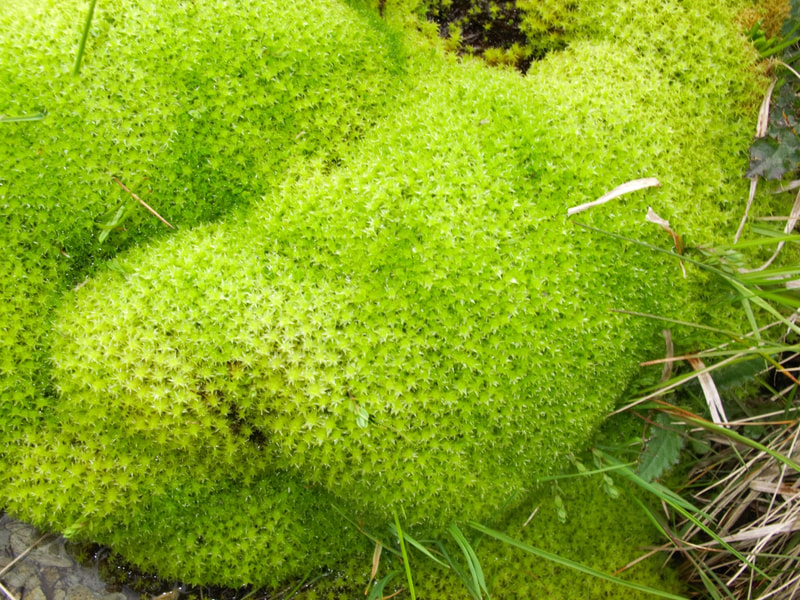
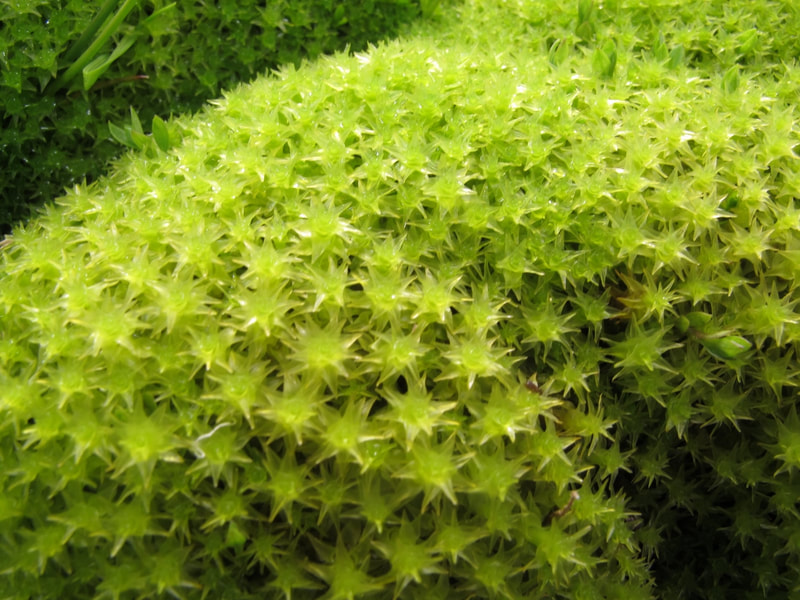
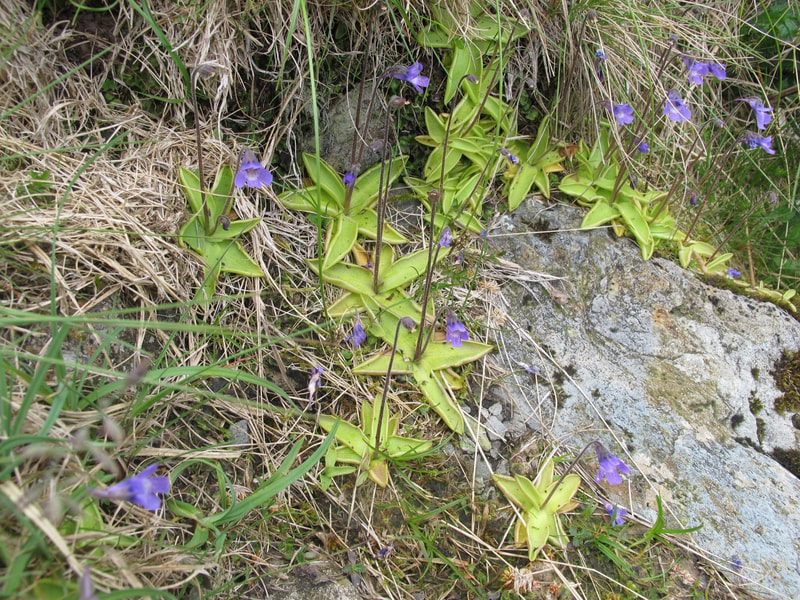
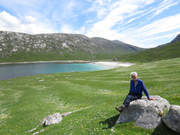
 RSS Feed
RSS Feed